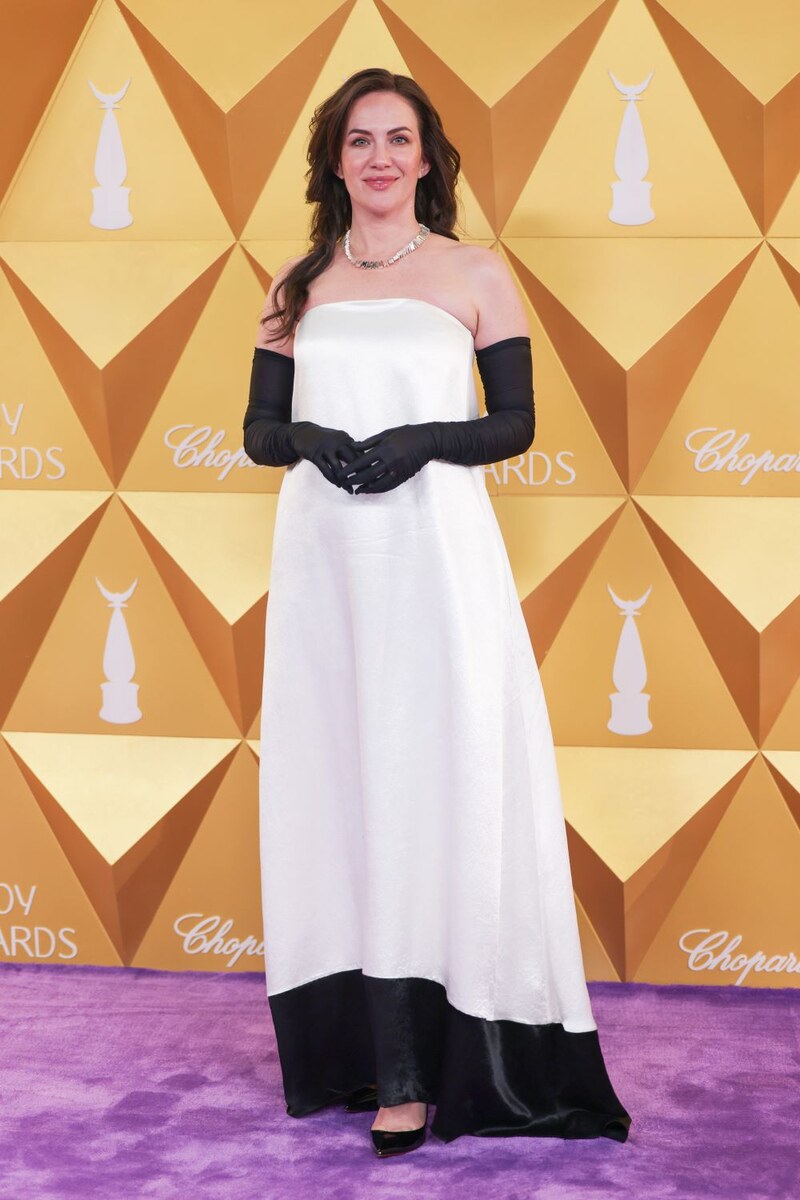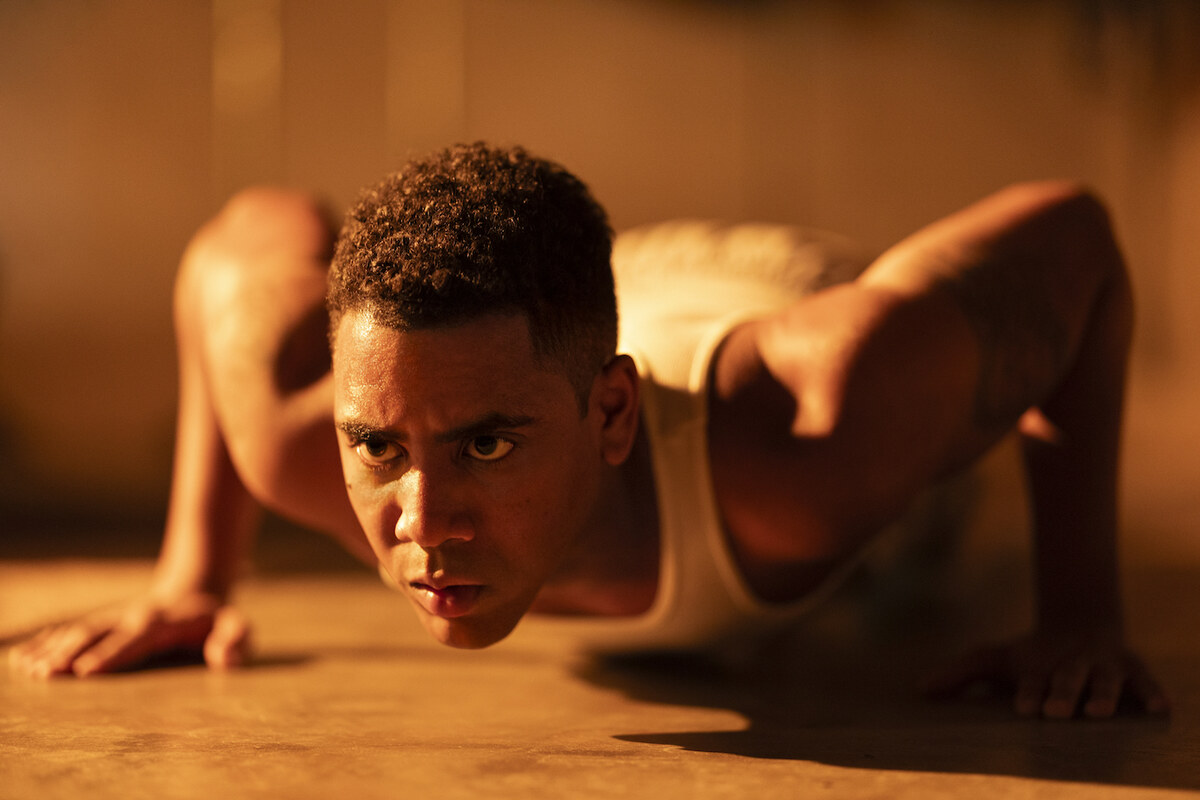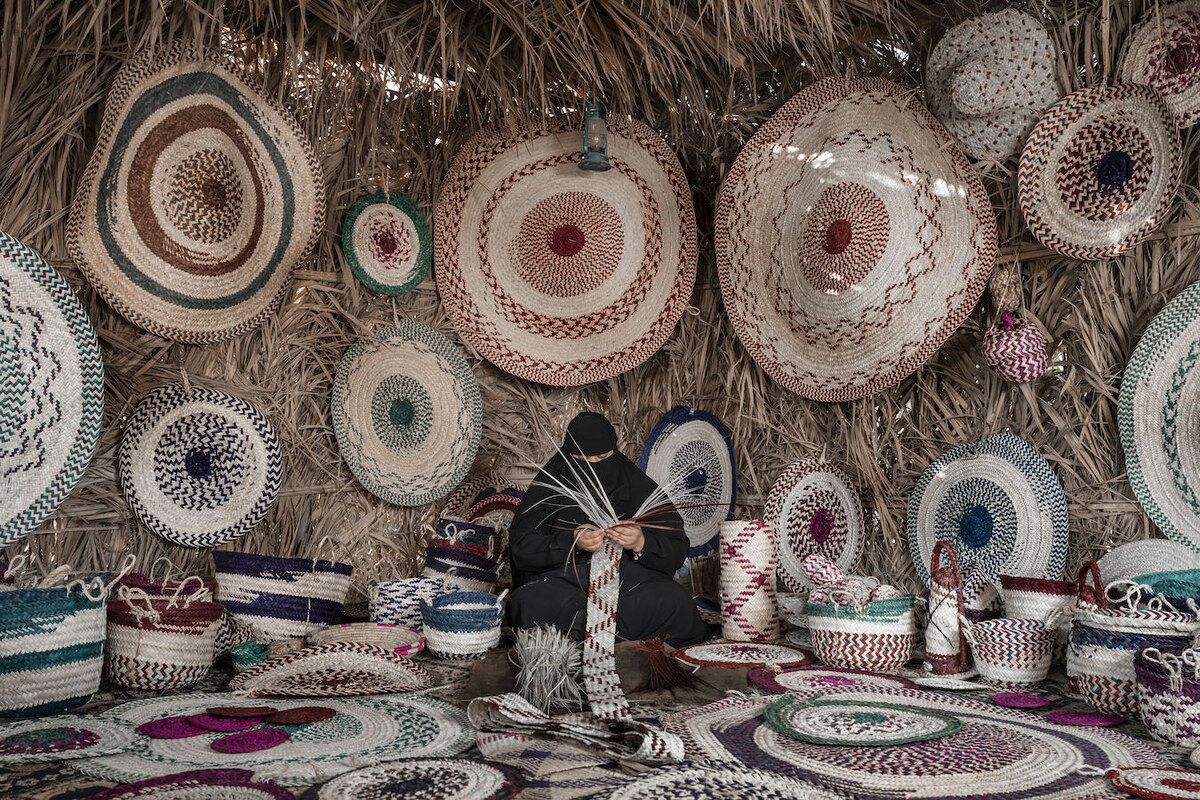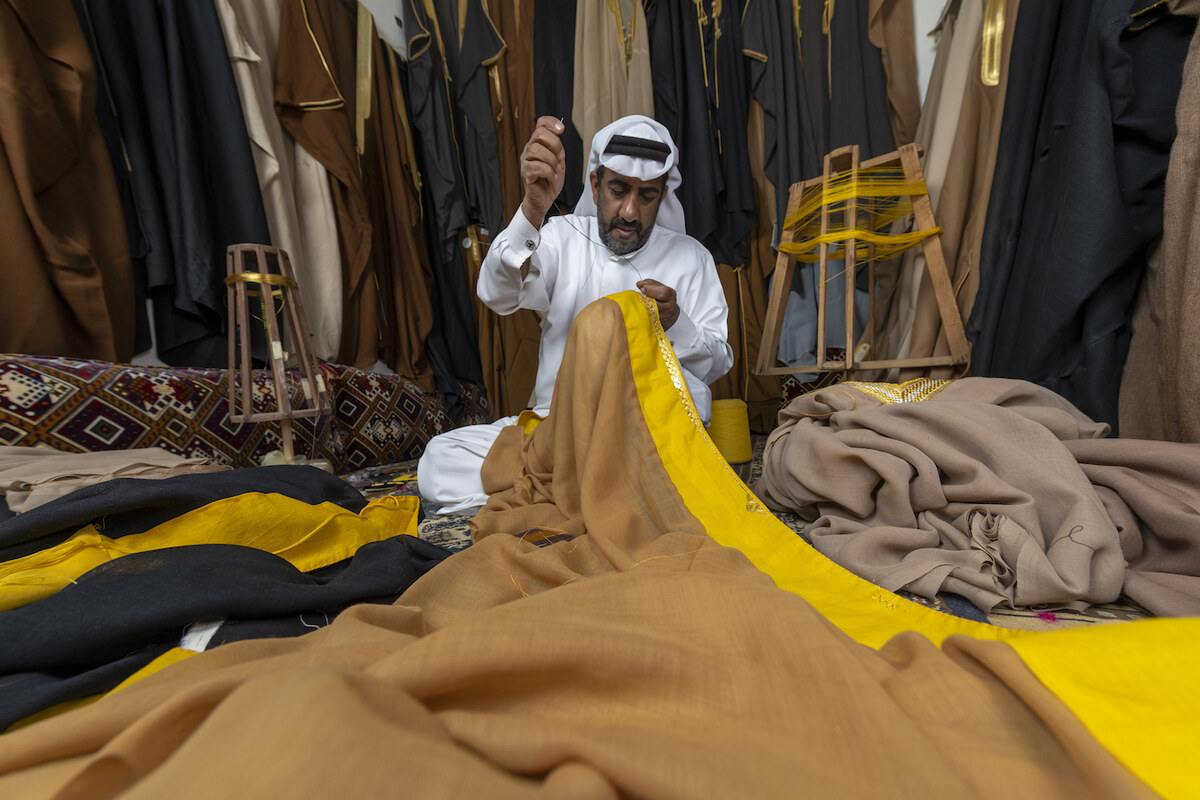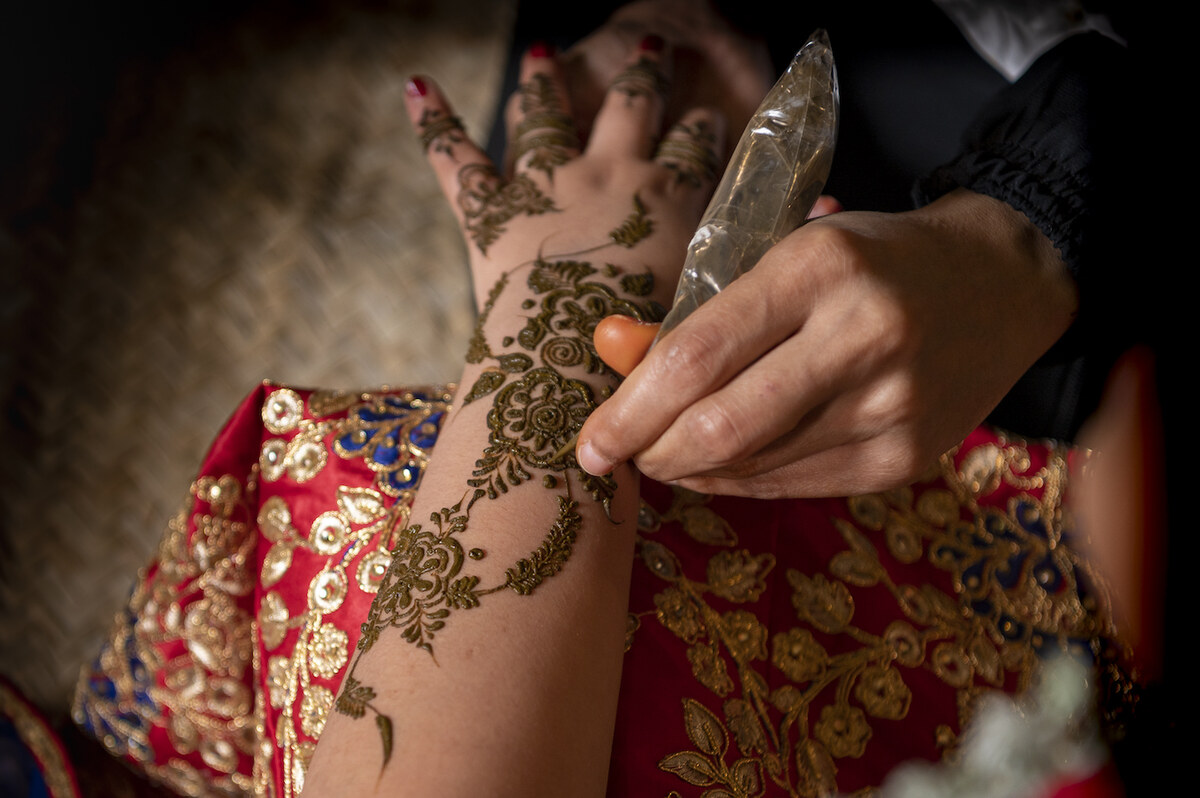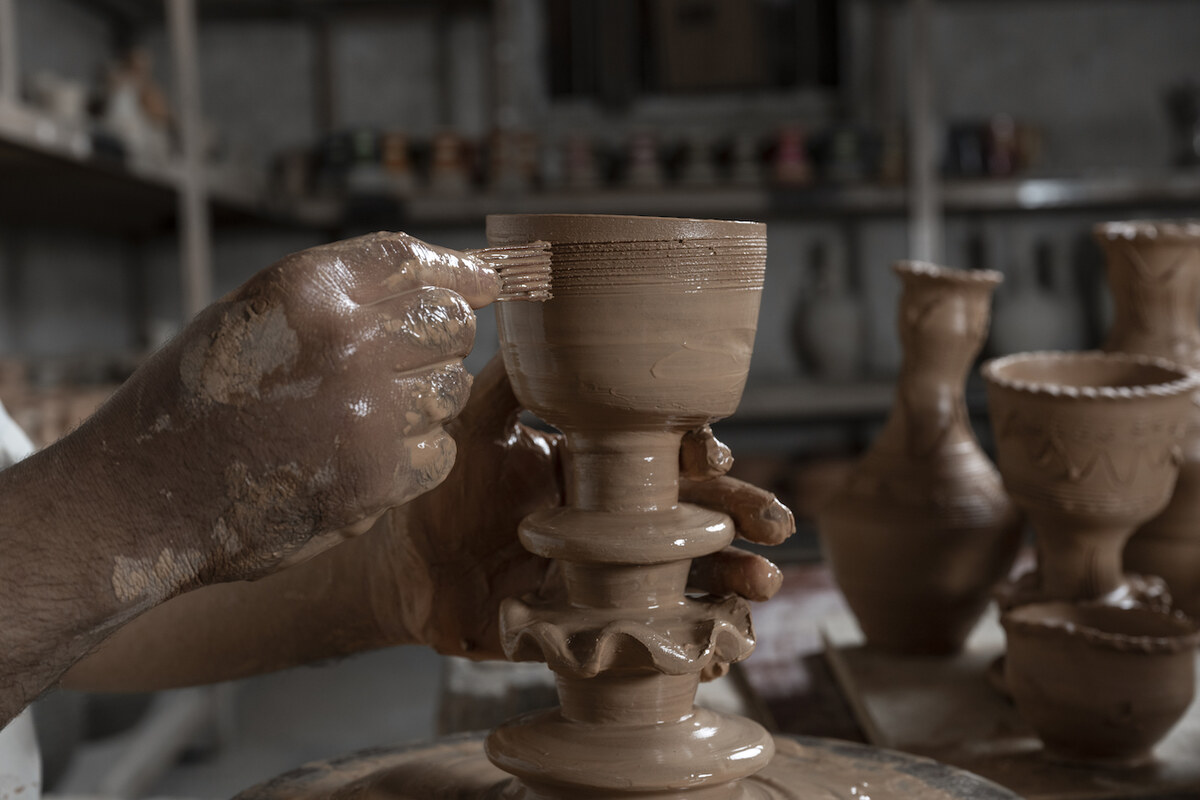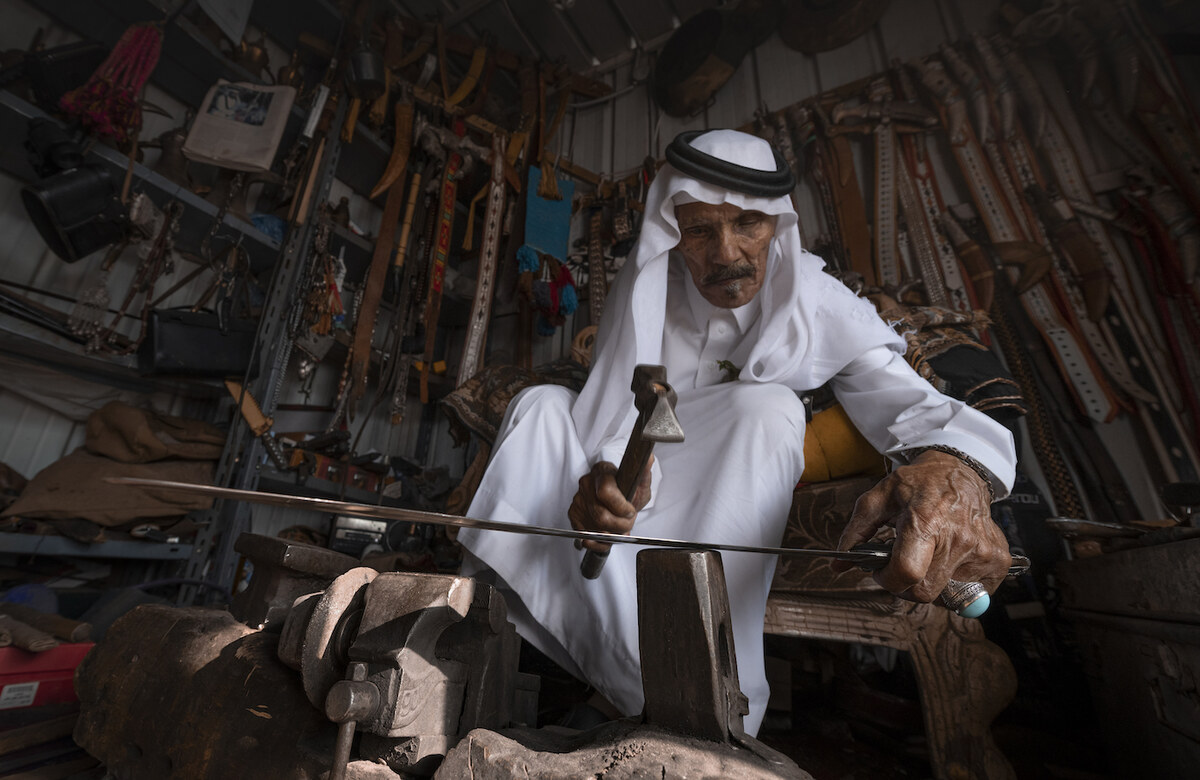LONDON: The Saudi National Orchestra and Choir, in partnership with the UK’s Royal Philharmonic Orchestra, delivered a rousing performance at London’s Central Hall Westminster on Saturday night as part of the “Marvels of Saudi Orchestra” concert tour.
With unique Saudi flair, the performers showcased a rich repertoire that intertwined Saudi and British musical traditions.
East meets West in a spectacular musical synergy! The #MarvelsOfSaudiOrchestra delighted a full house tonight with a unique Saudi twist on @Adele’s hit ‘Rolling in the Deep.’#SaudiMinistryOfCulture pic.twitter.com/fL41FfQ2WX
— Saudi Arabia Ministry of Culture (@mocsaudi_en) September 28, 2024
In his opening remark, the CEO of the Saudi Music Commission, Paul Pacifico, said: “The Kingdom of Saudi Arabia is in the midst of an unprecedented program of social, cultural and economic transformation under Vision 2030.
“Music has a very special role to play in that transformation,” he continued. “Music’s ability to develop skills and to provide platforms for cultural and artistic expressions, as well as routes to sustainable economic development and social mobility, is at the heart of our work in the Saudi Music Commission.”
He added: “Through this concert, we strive to present some of the most iconic Saudi songs to a global audience, while inspiring the audience back home, who can take pride in seeing this music performed on one of the great stages of the world for the first time.”
English mezzo-soprano Sarah Connolly also performed a song in Arabic — from the first-ever Saudi opera, “Zarqa Al-Yamama” — which had its world premiere in Riyadh this year.
Pacifico expressed hope that the event would promote cultural exchange and strengthen human connections, highlighting that “for that reason, coming to this venue is especially resonant.
“It was in this very room on the 10th of January, 1946, that the first meeting took place at the United Nations General Assembly,” He explained. “Then and now, our aim is to bring people from different cultures together to foster greater mutual understanding.”
The first segment of the two-hour concert boasted arrangements by the Saudi National Orchestra led by maestro Reaab Ahmed and accompanied by dance performances. The repertoire included iconic Saudi singer Mohammed Abdu’s “Ana Min Hal-Ard,” “Hna Talabna Allah,” “Ismahili Ya Al-Gharam,” and Adele’s hit “Rolling in the Deep” to name a few.
British maestro Benjamin Pope and Connolly of the Royal Philharmonic Orchestra performed the second part of the program. It featured “Crown Imperial,” “Pomp and Circumstance March No. 4,” “Zadok the Priest,” and a scene from the opera “Zarqa Al-Yamama.”
The evening concluded with a medley of Saudi tunes and Rashed Almajed’s hit “Ashiginak,” conducted by Hany Farahat.









